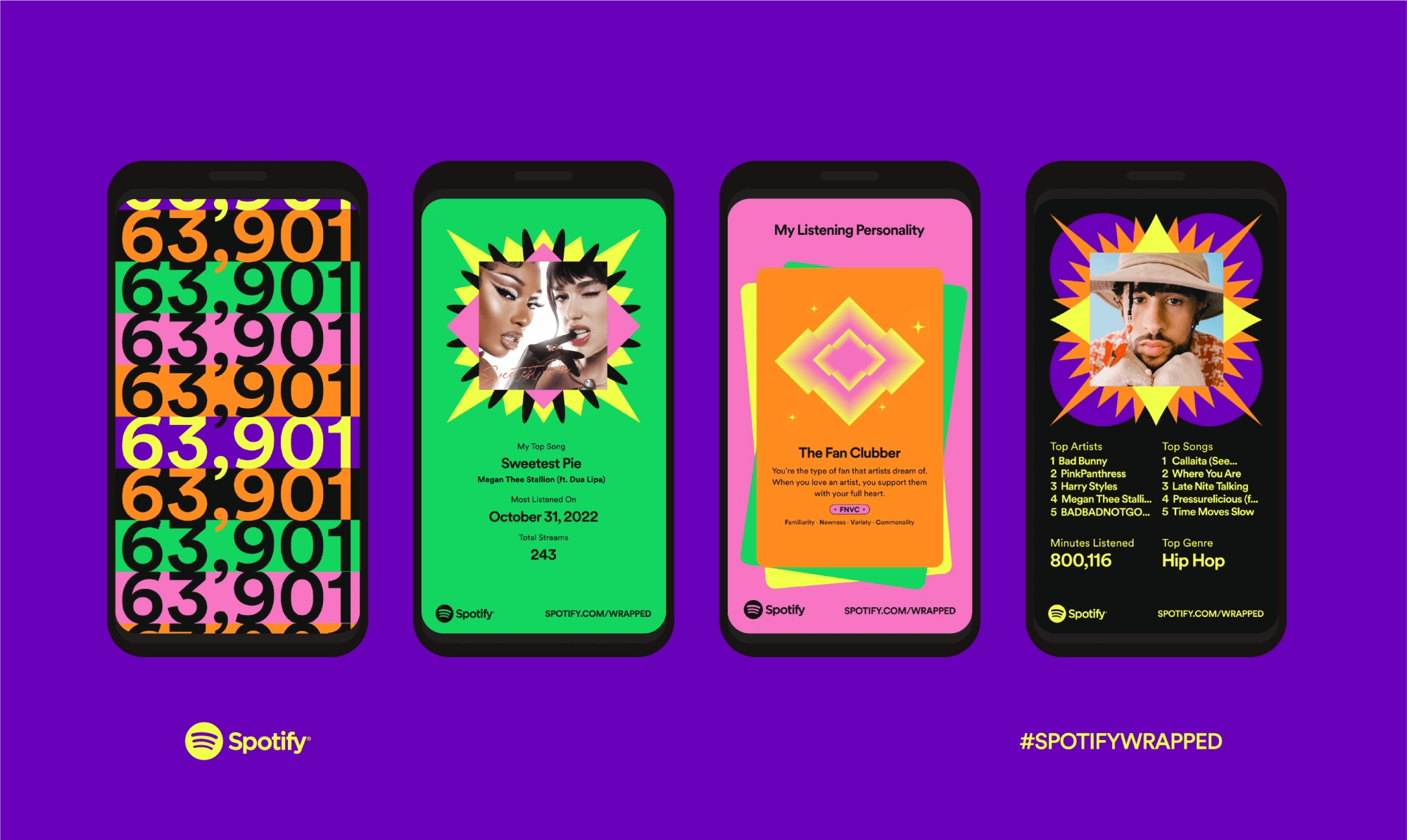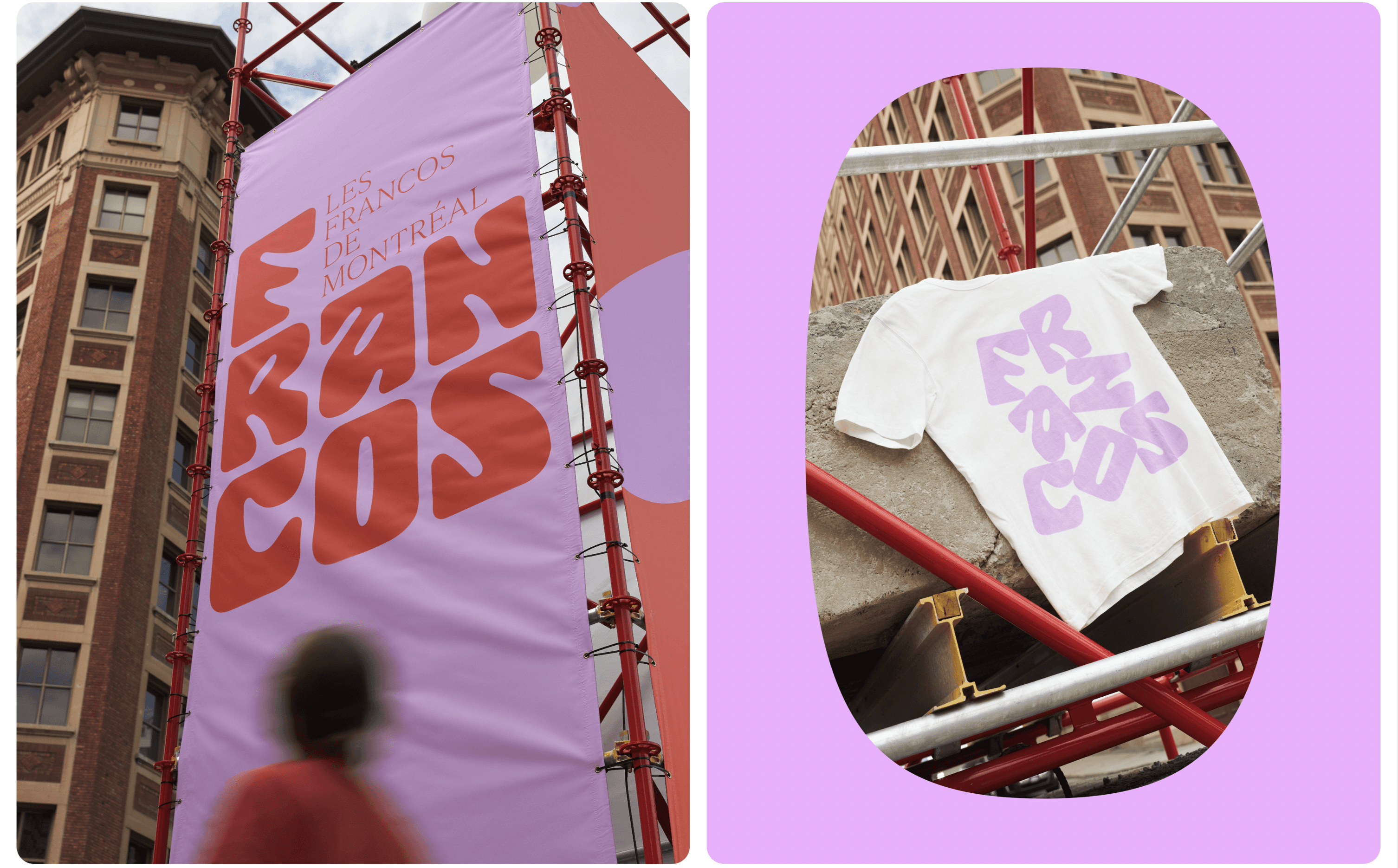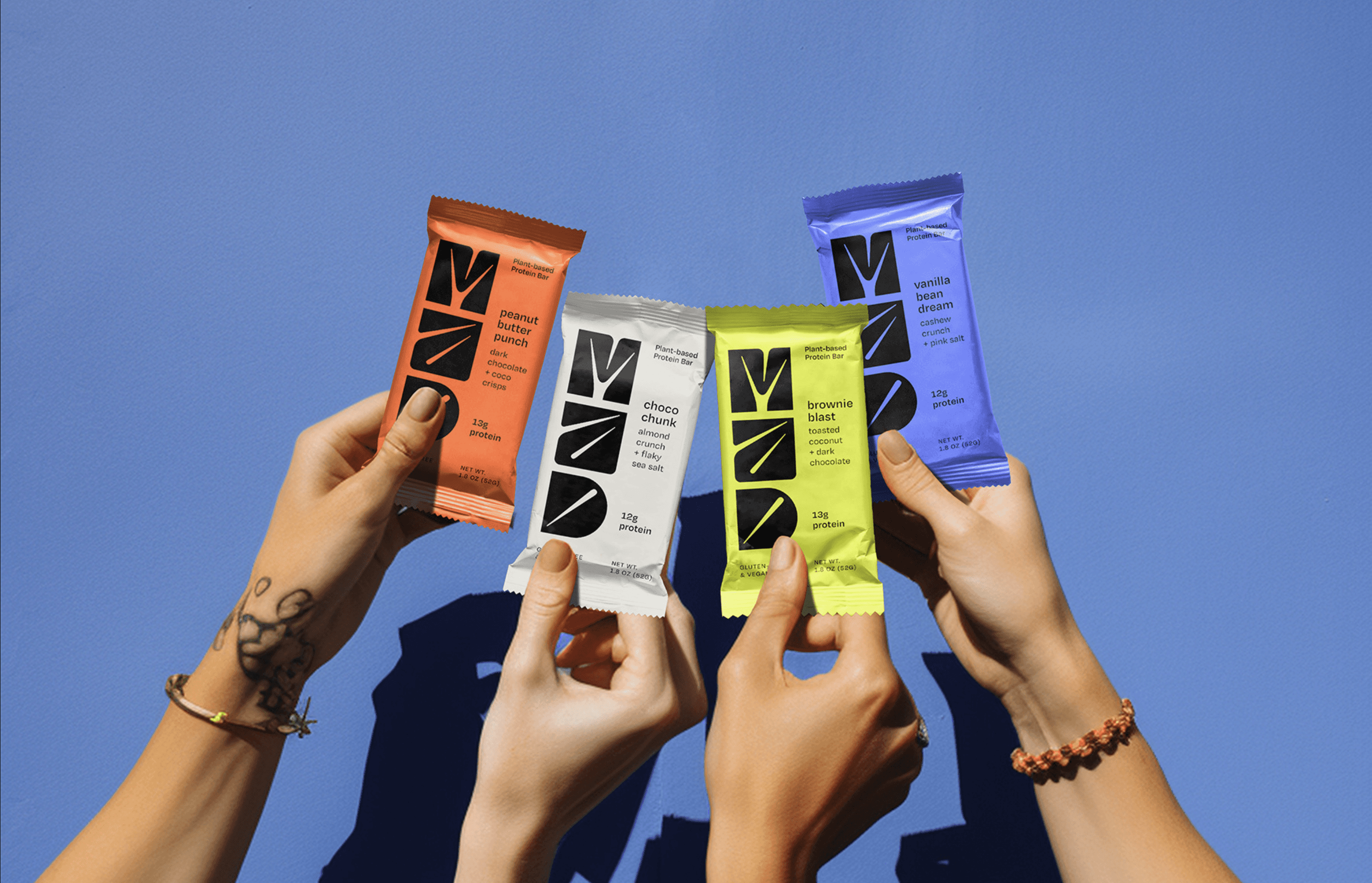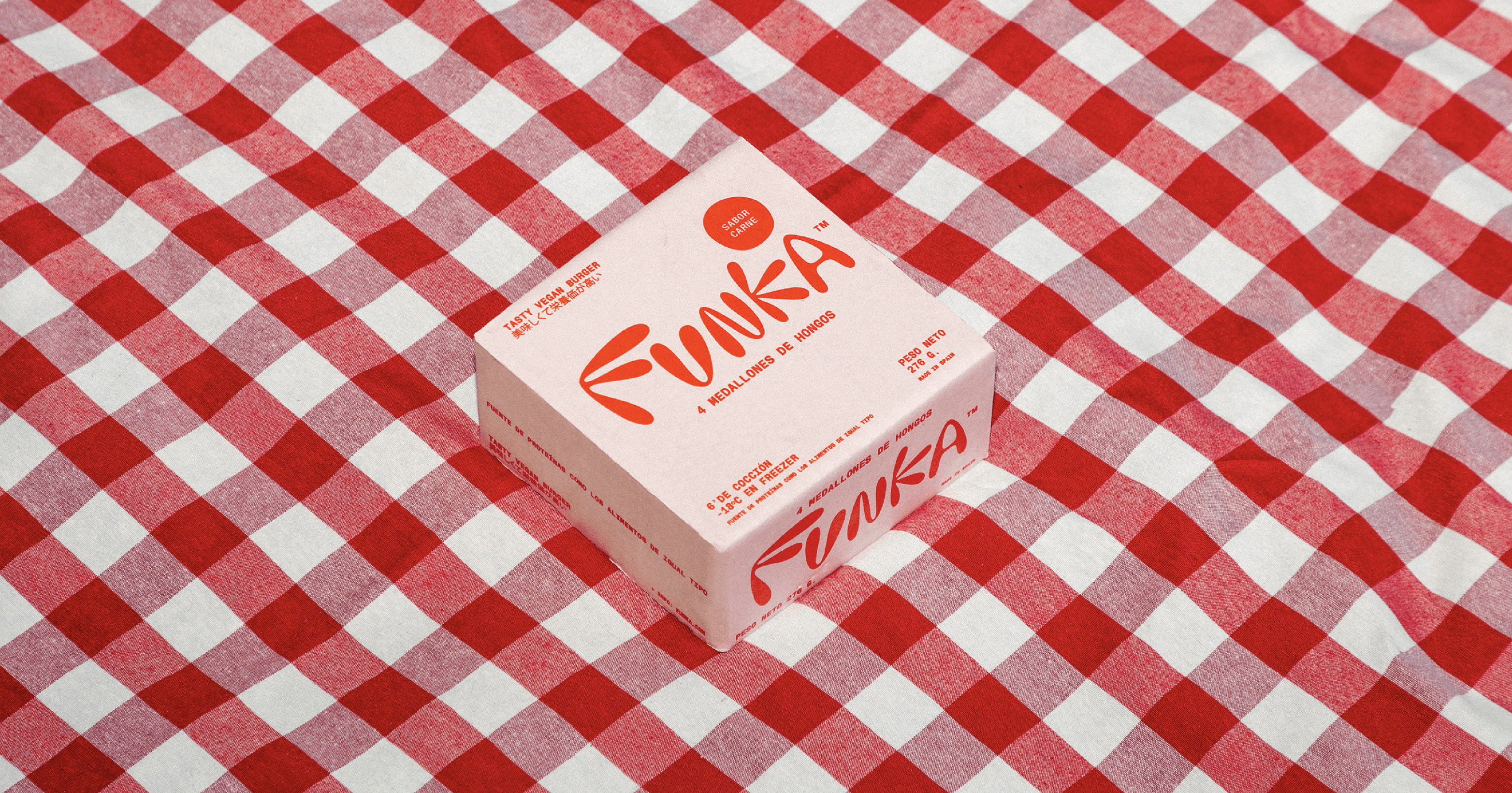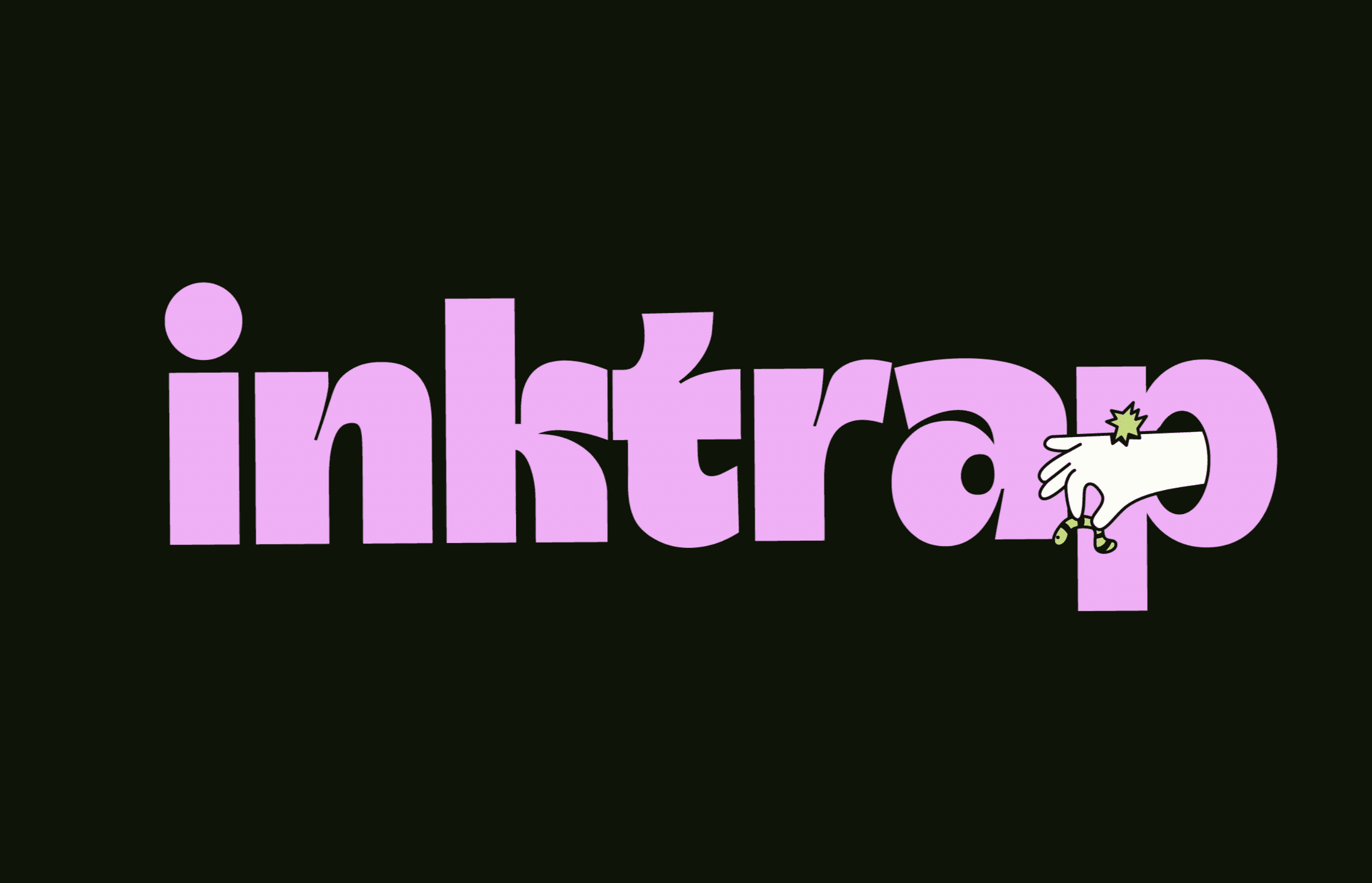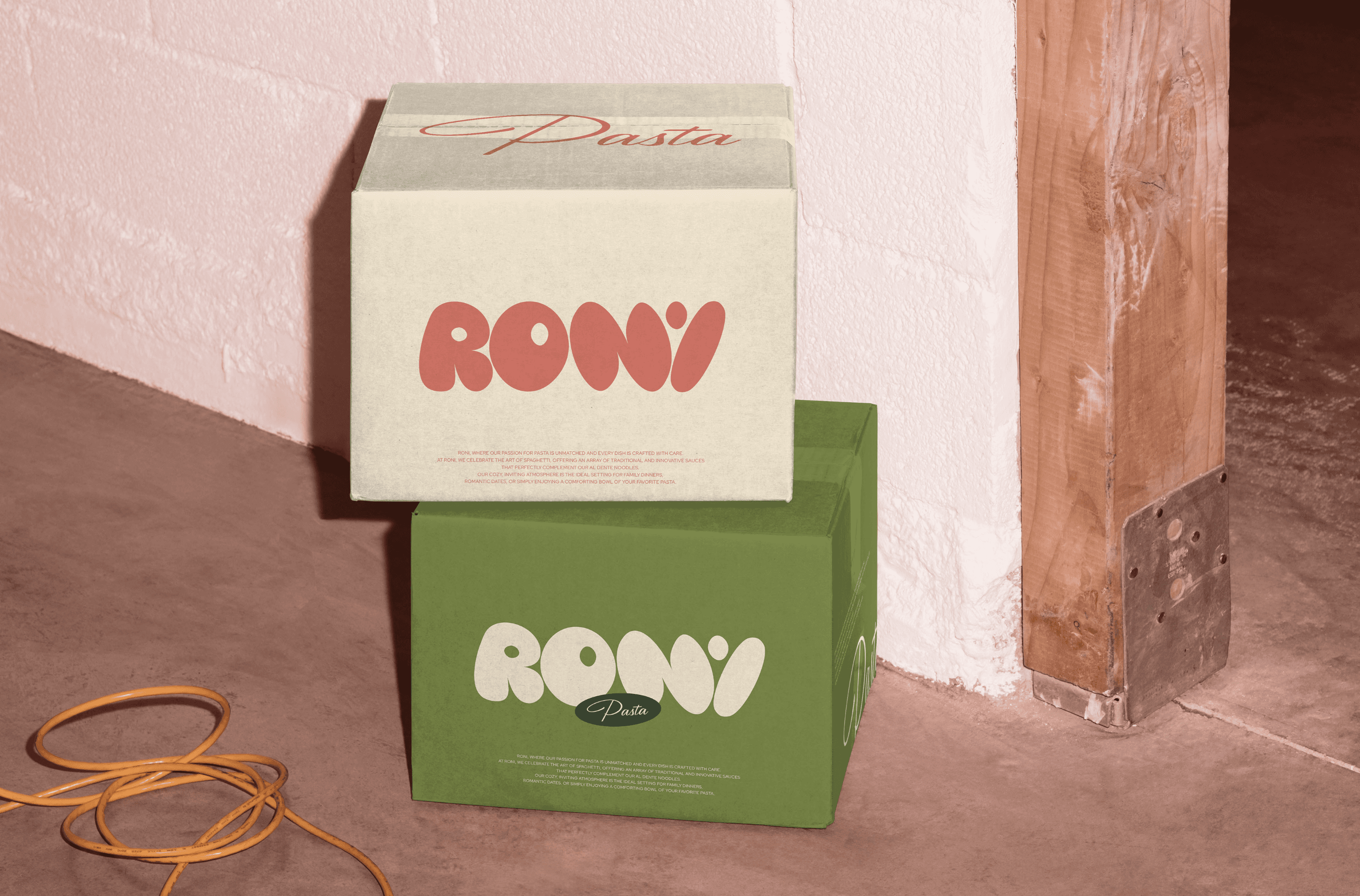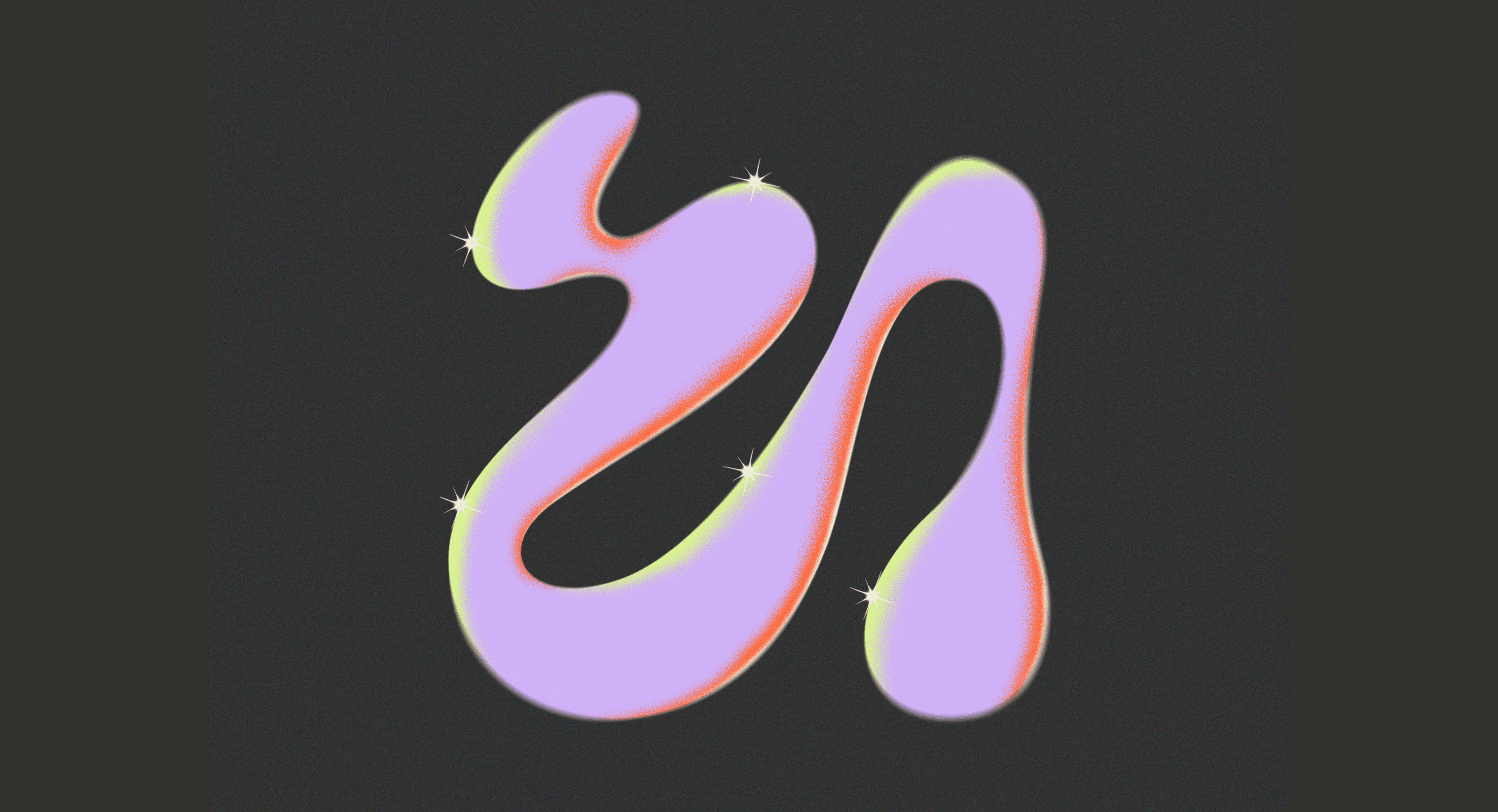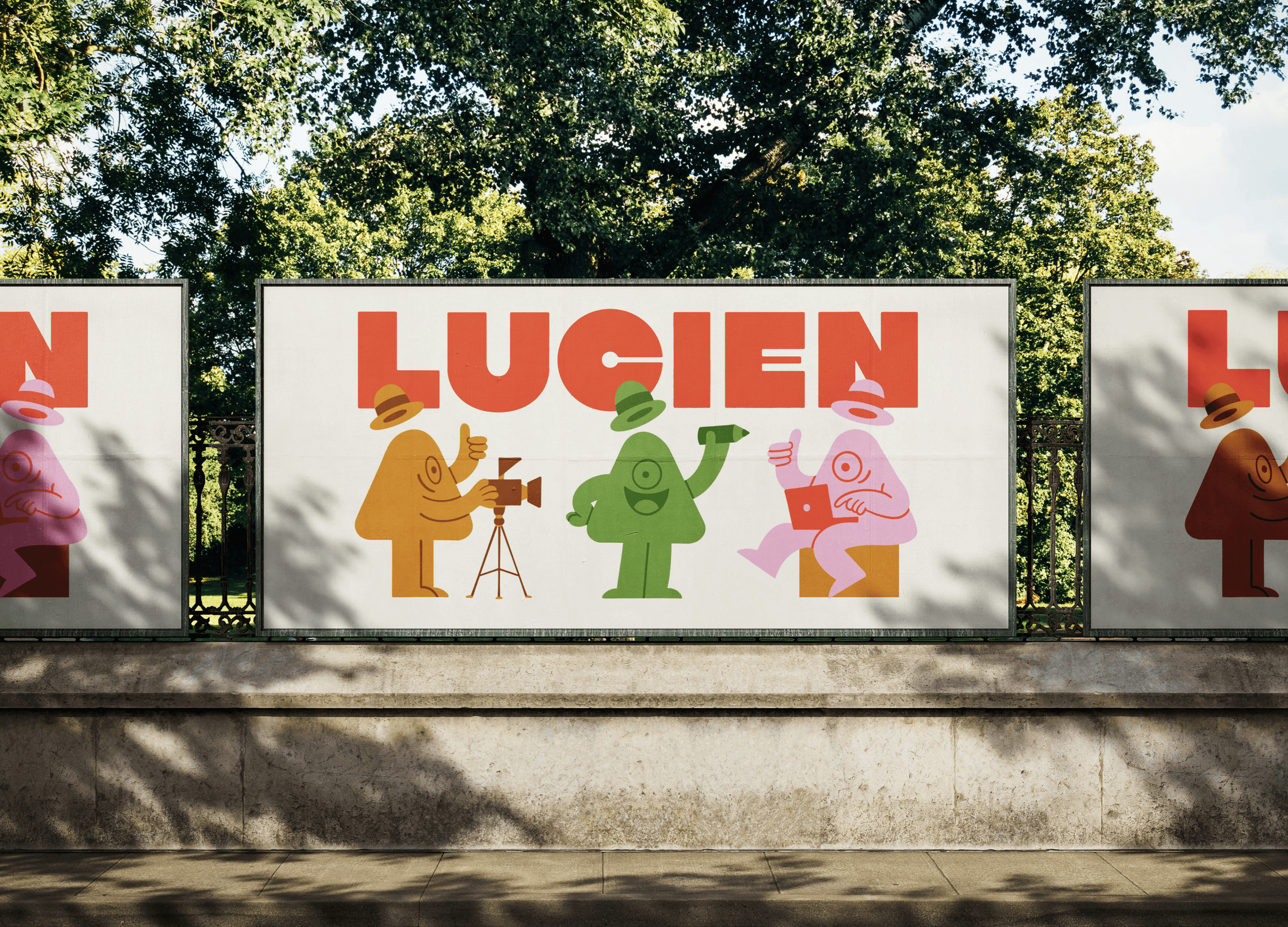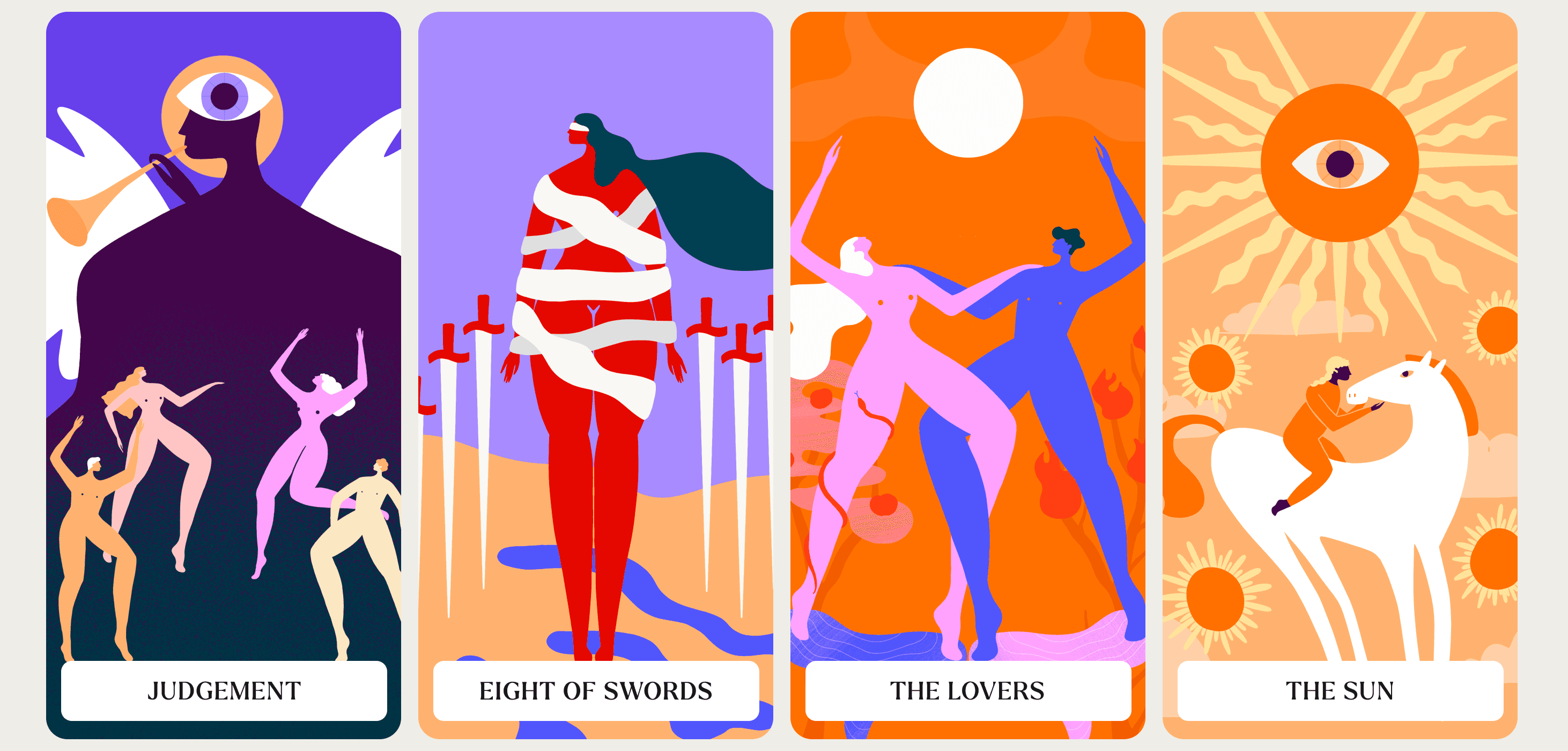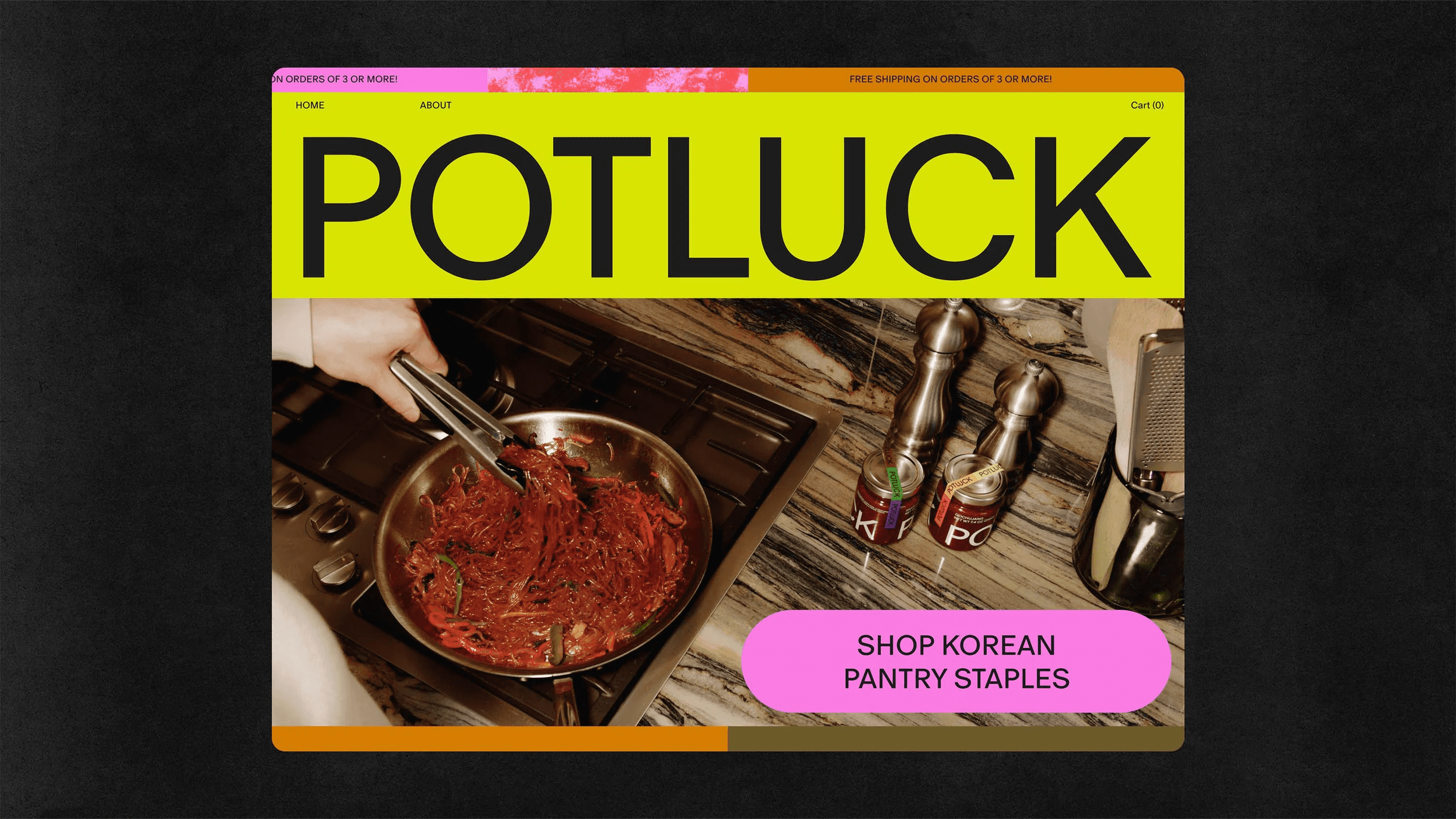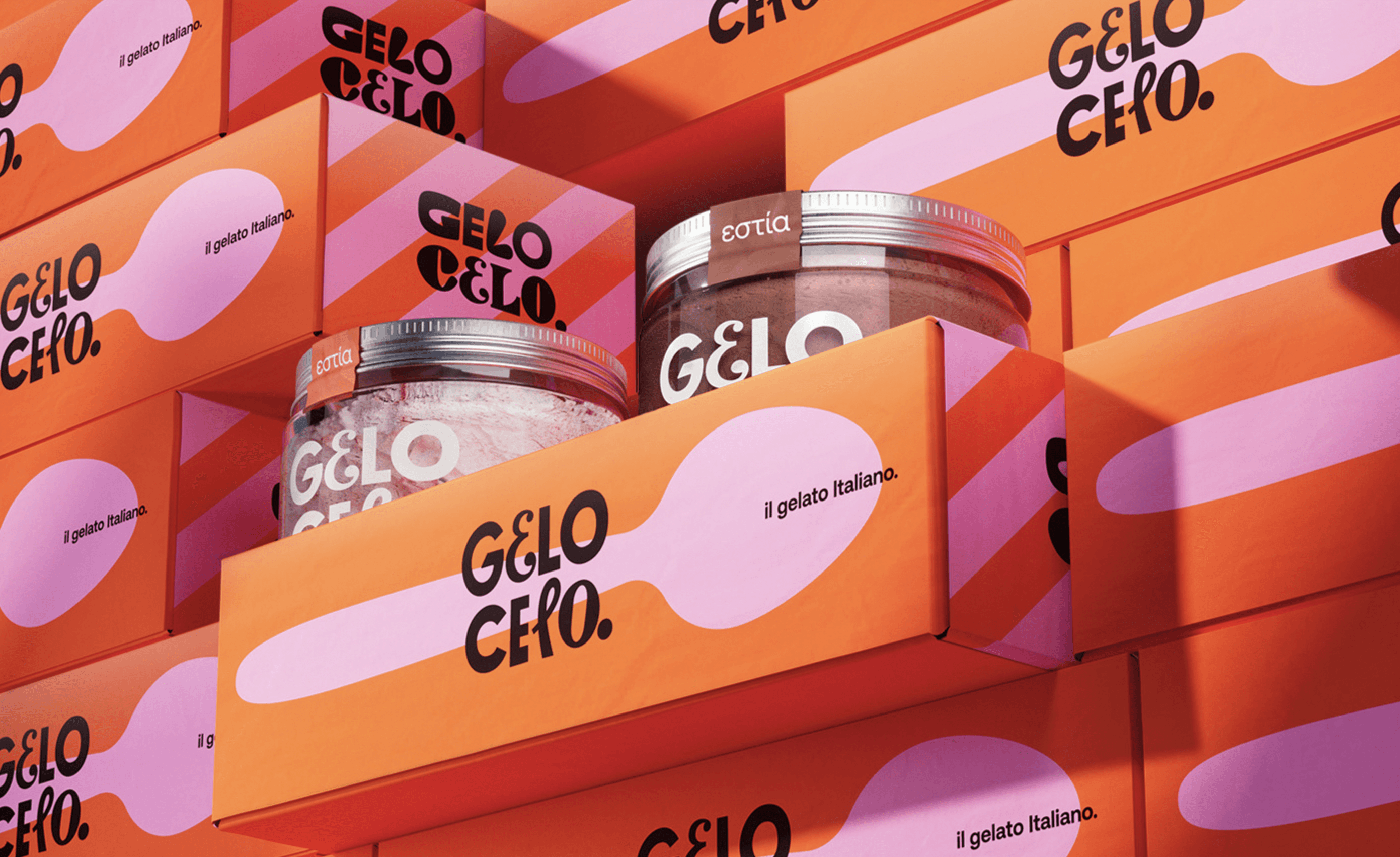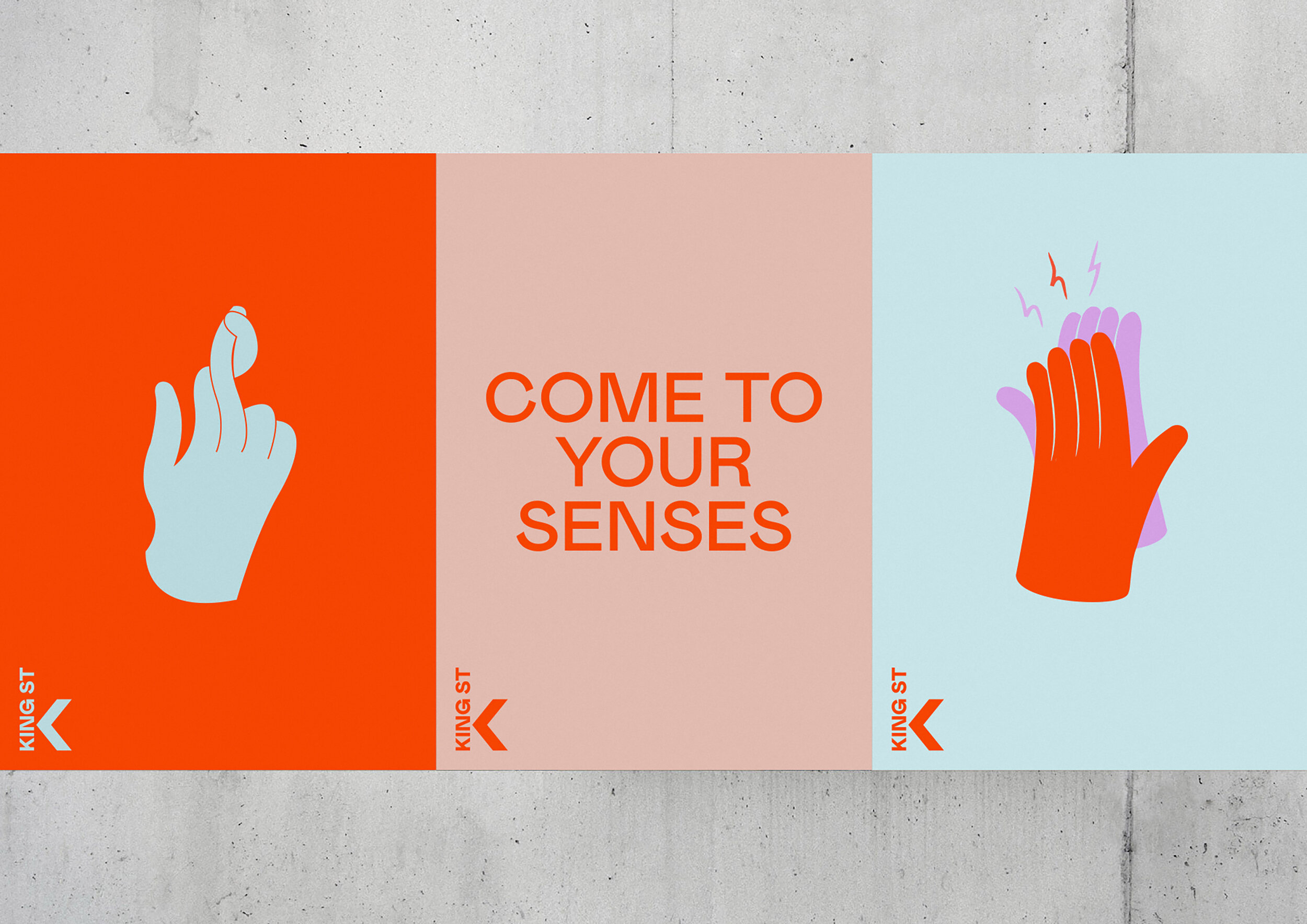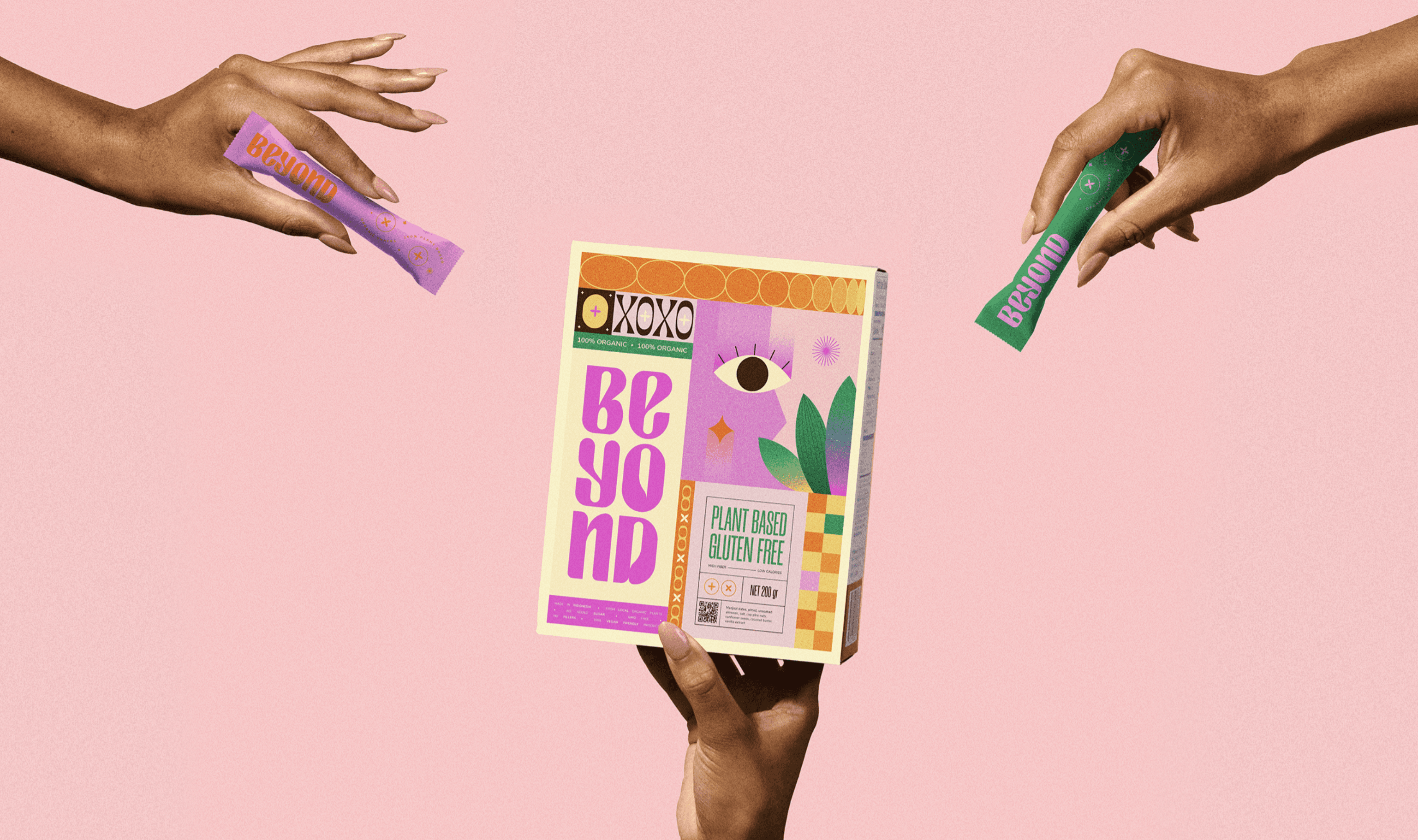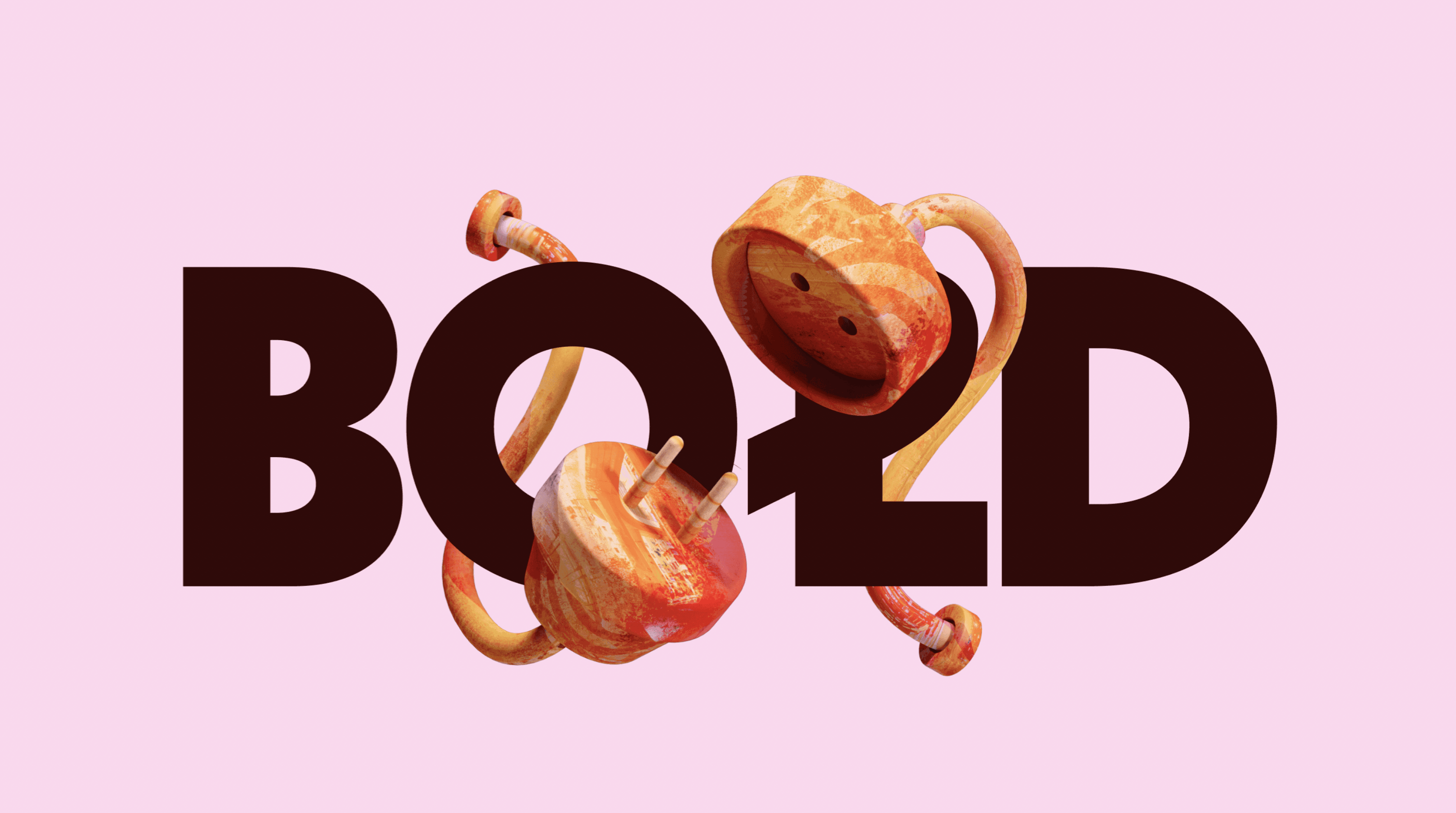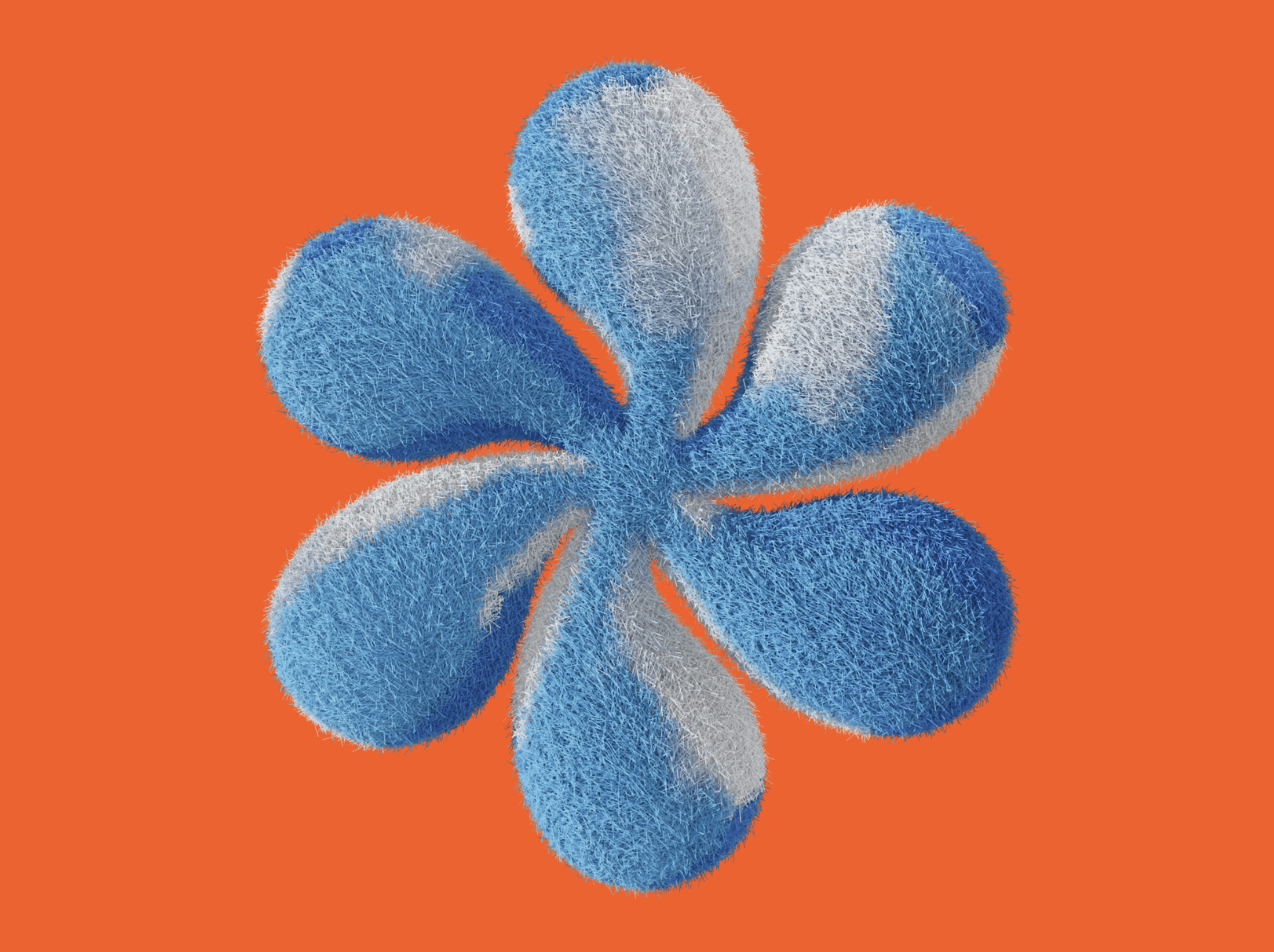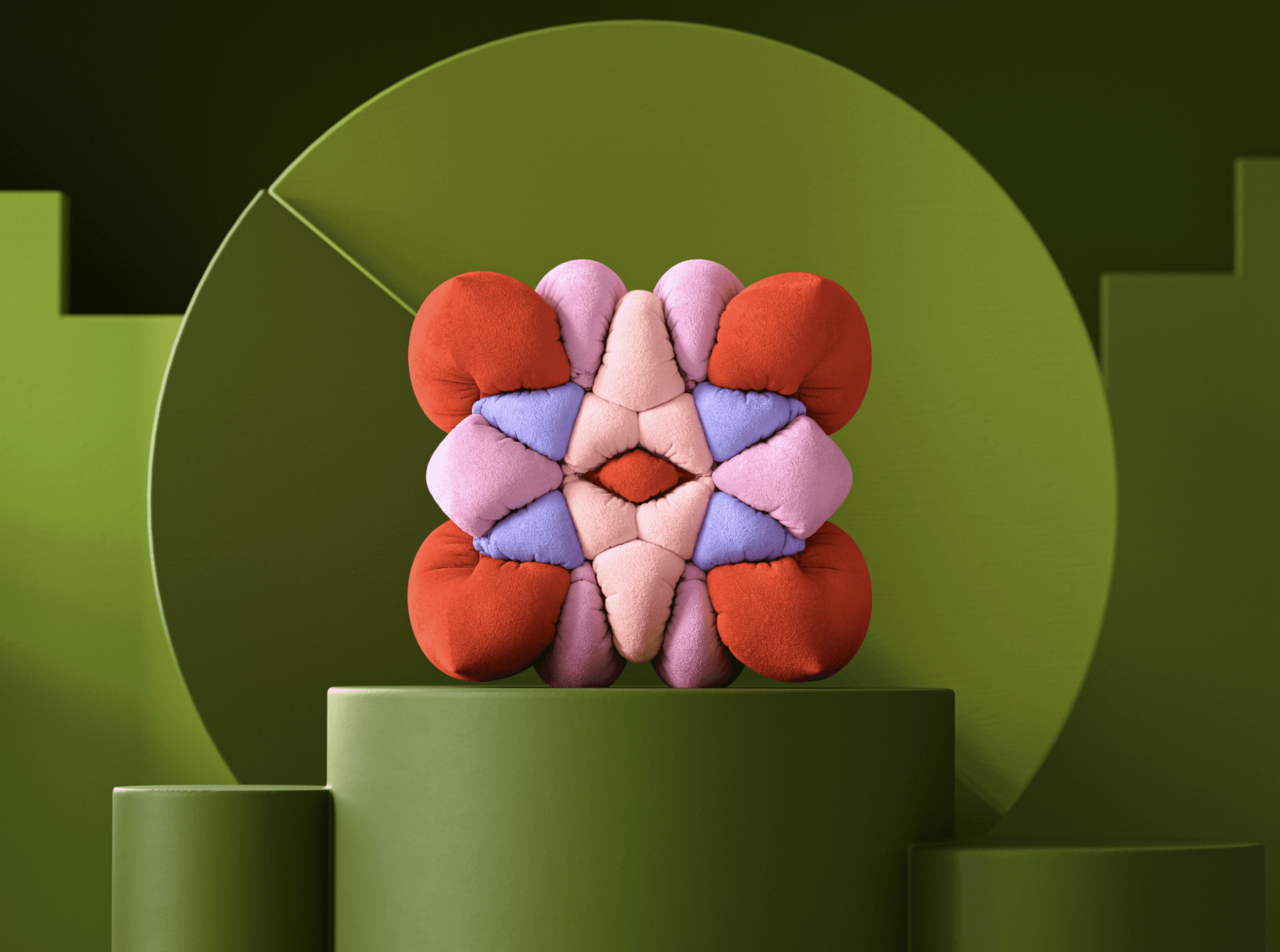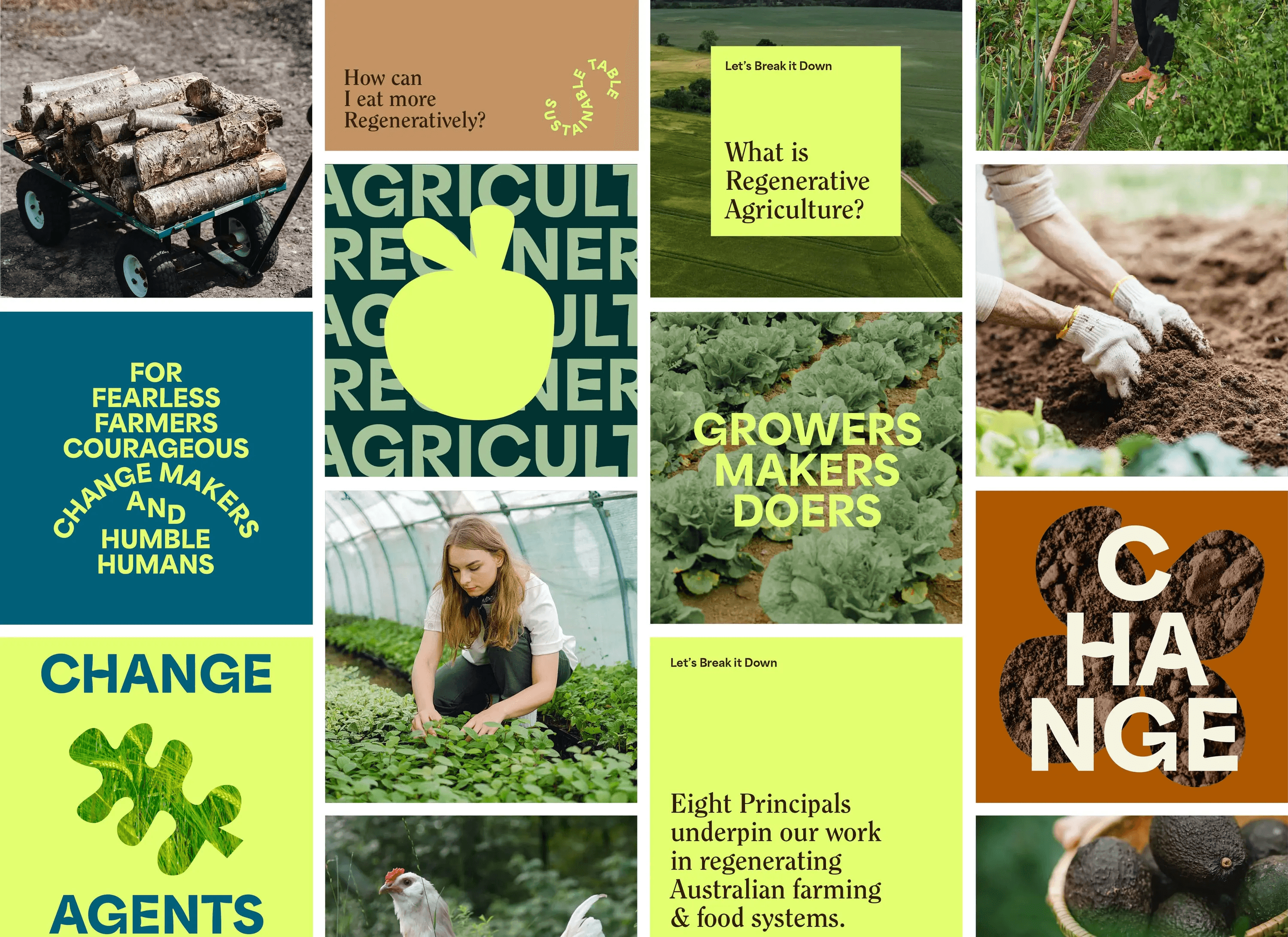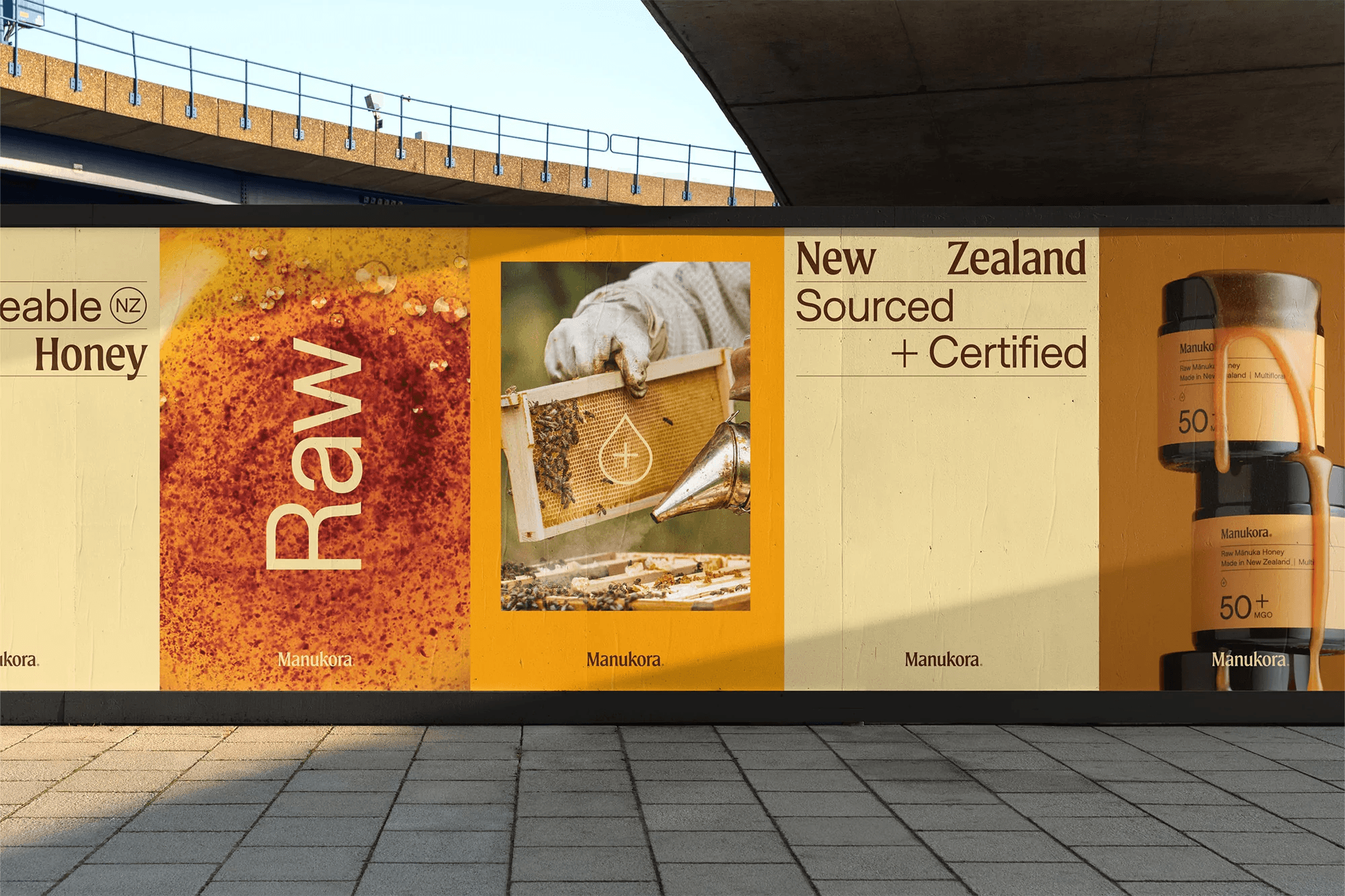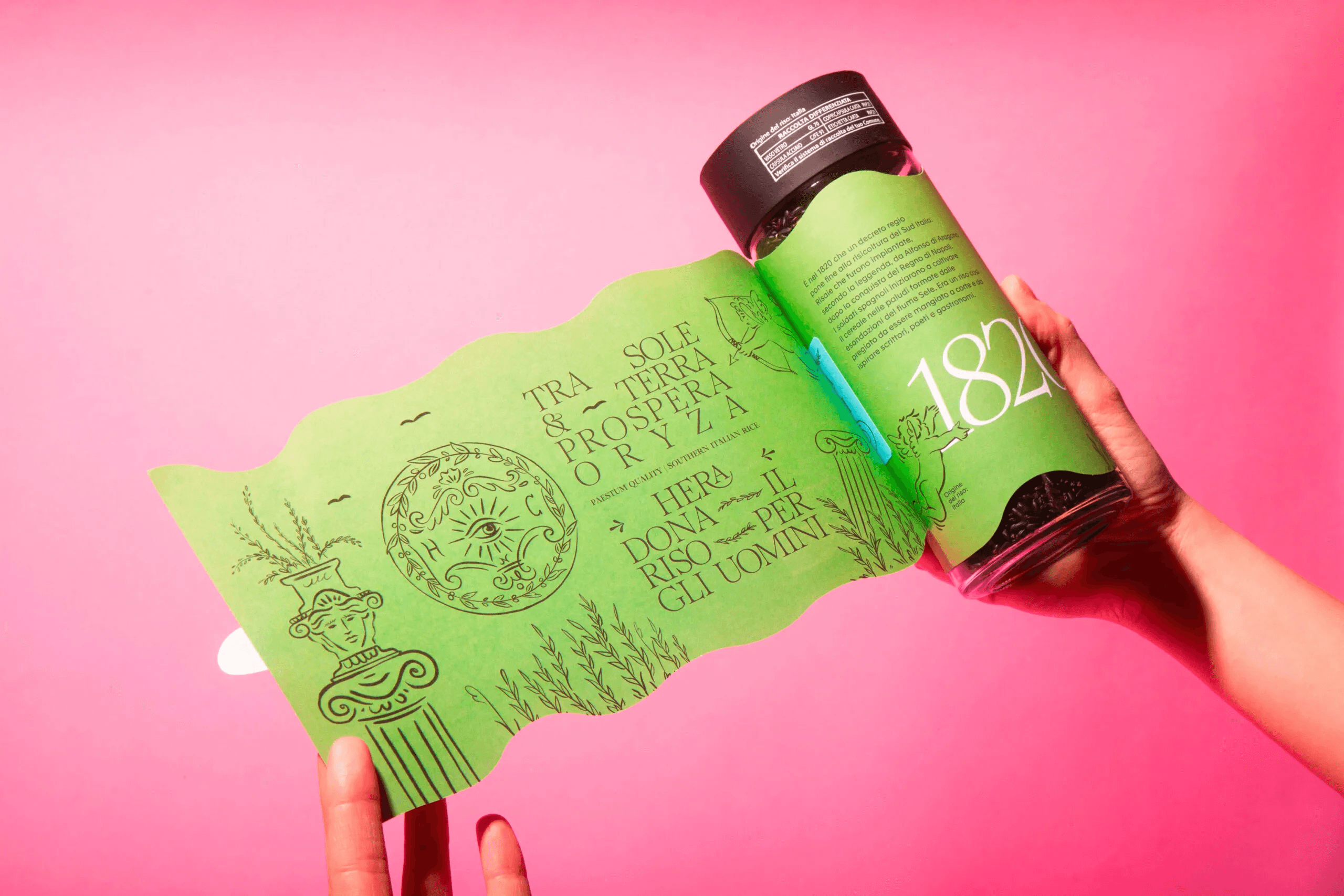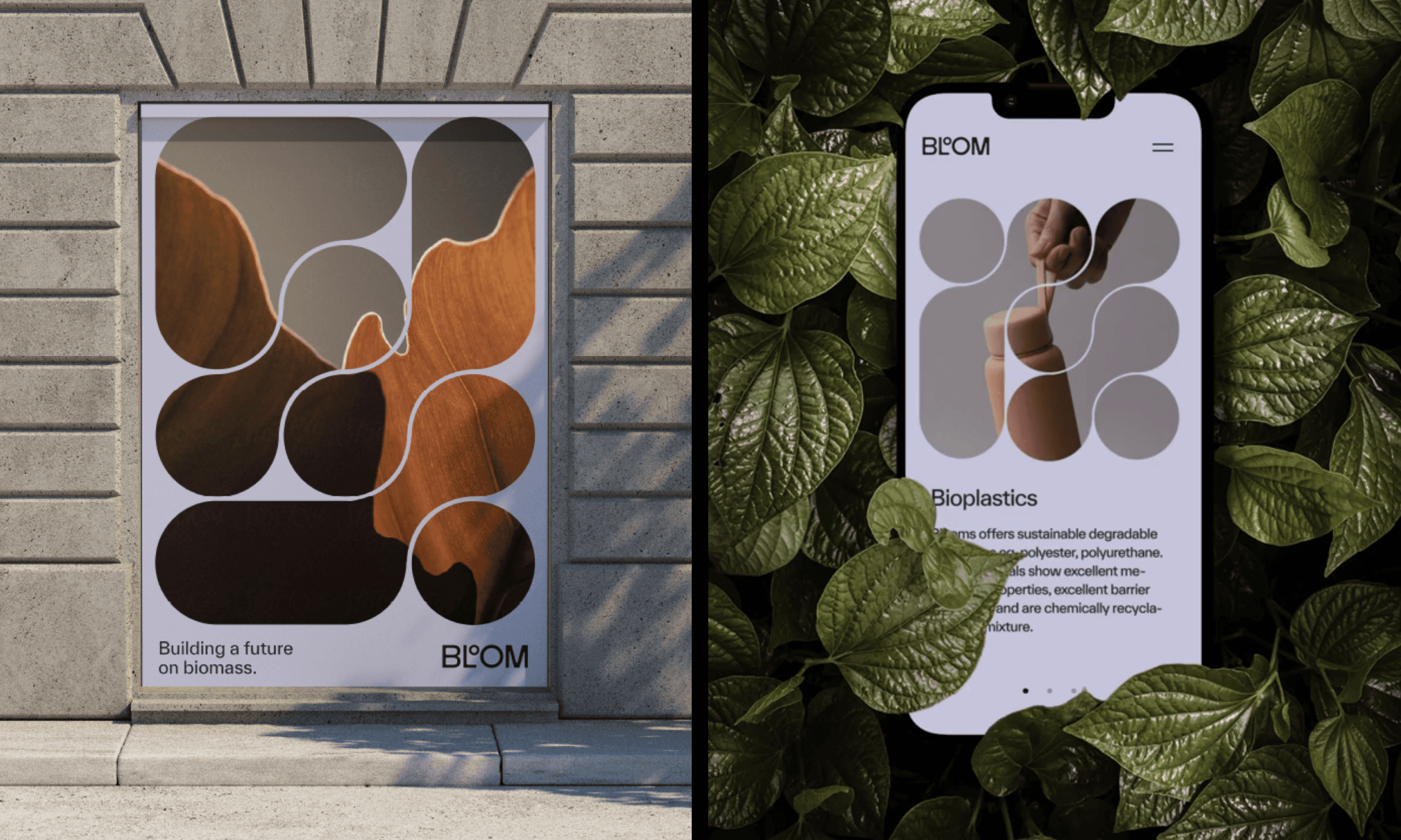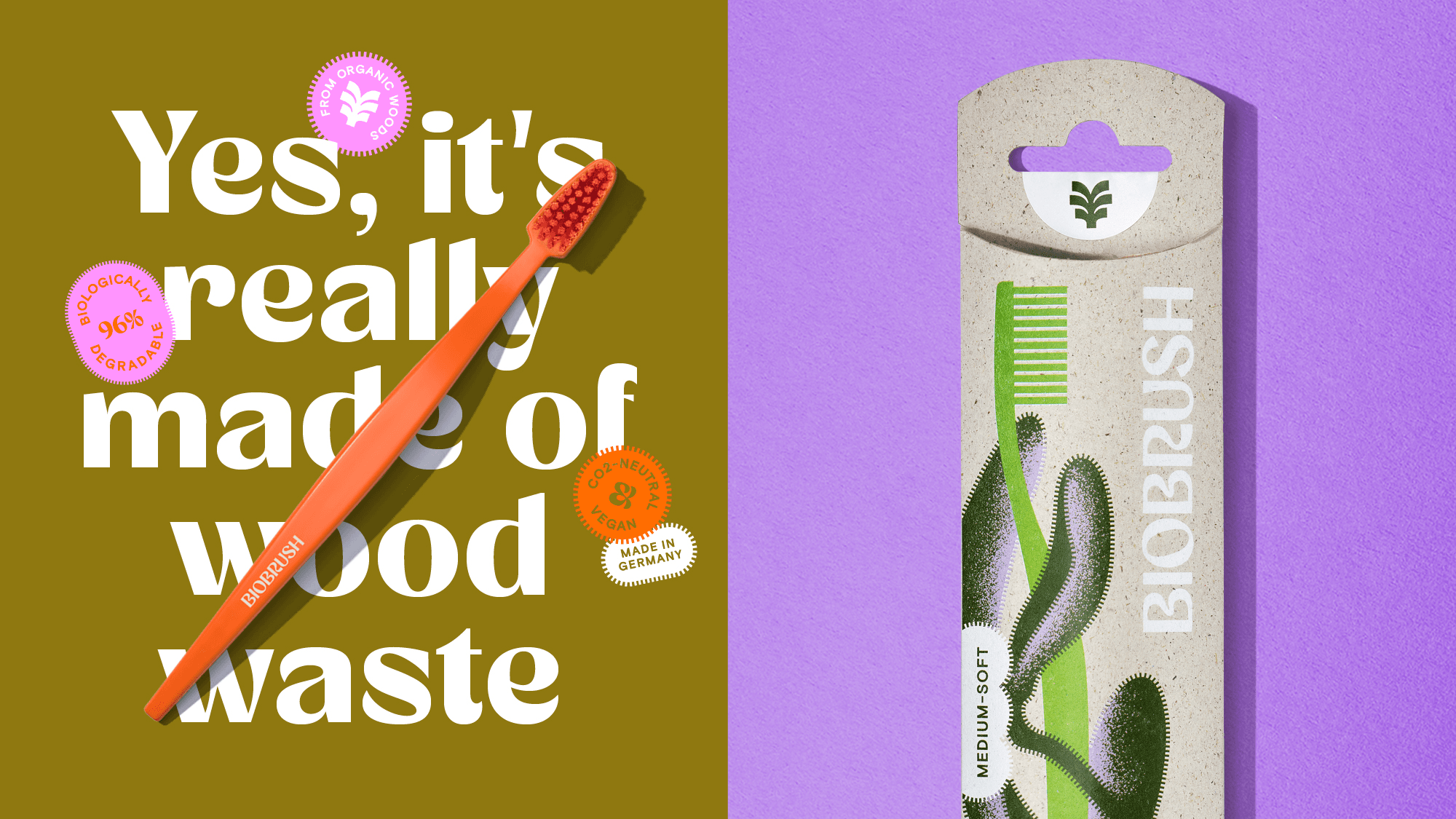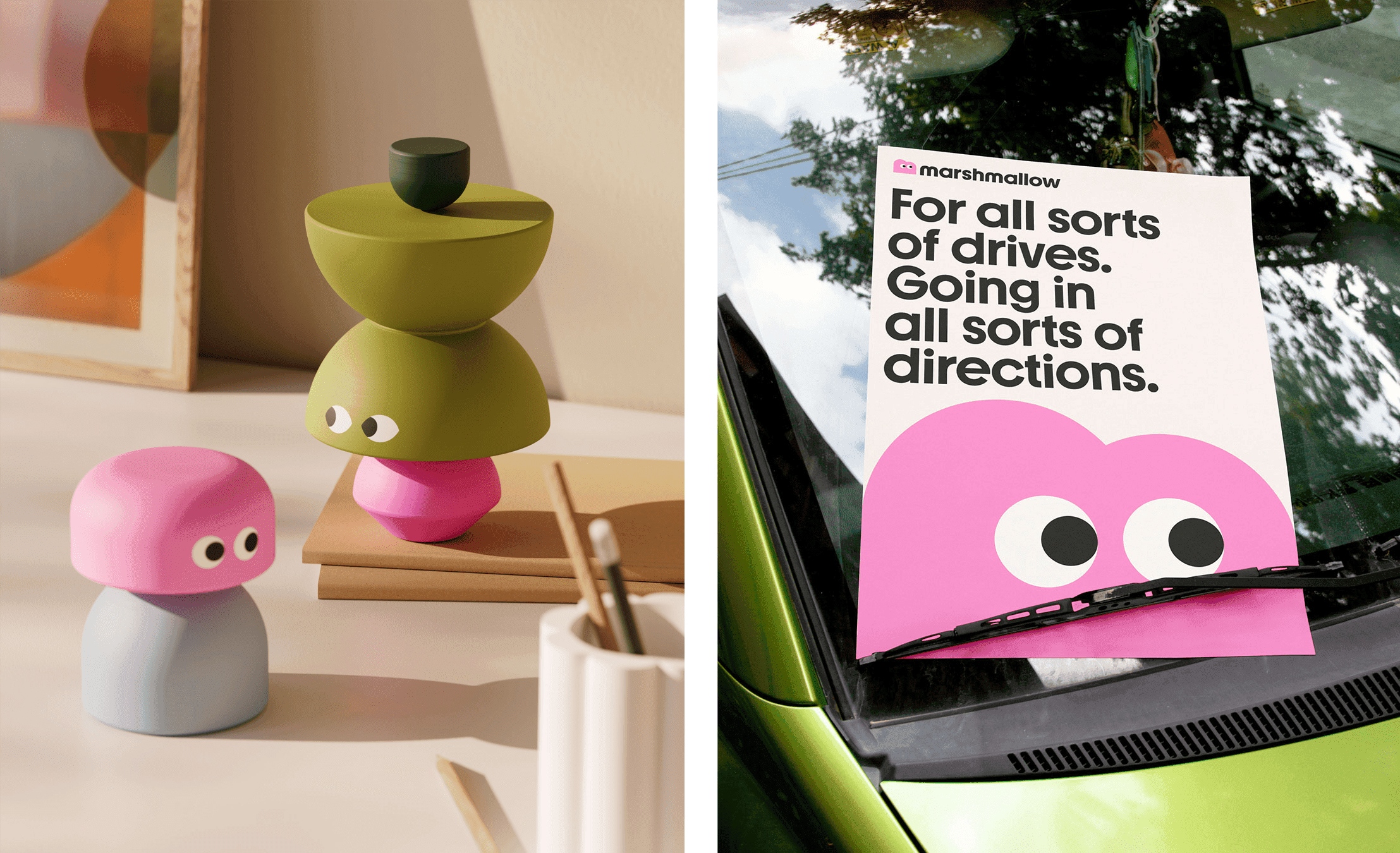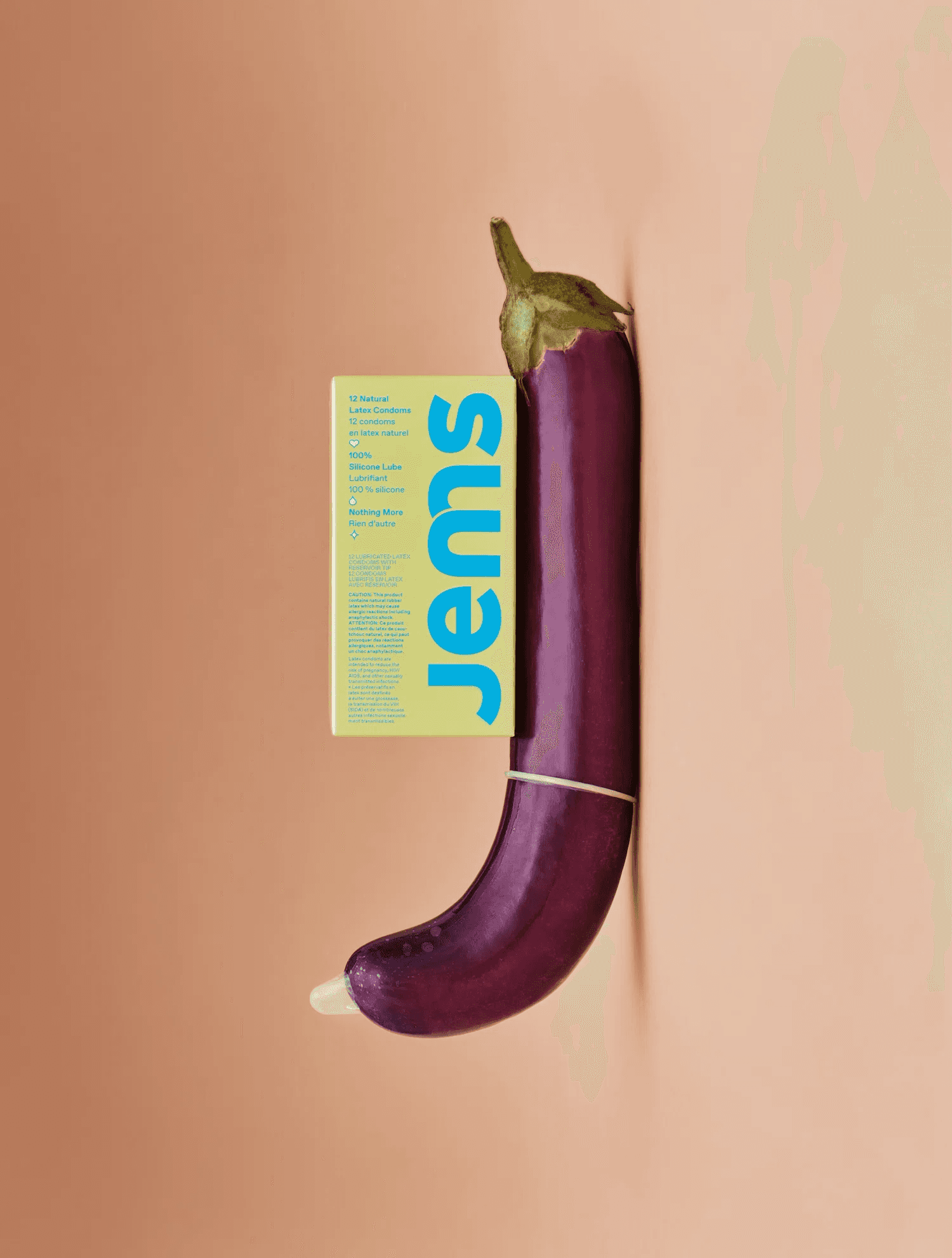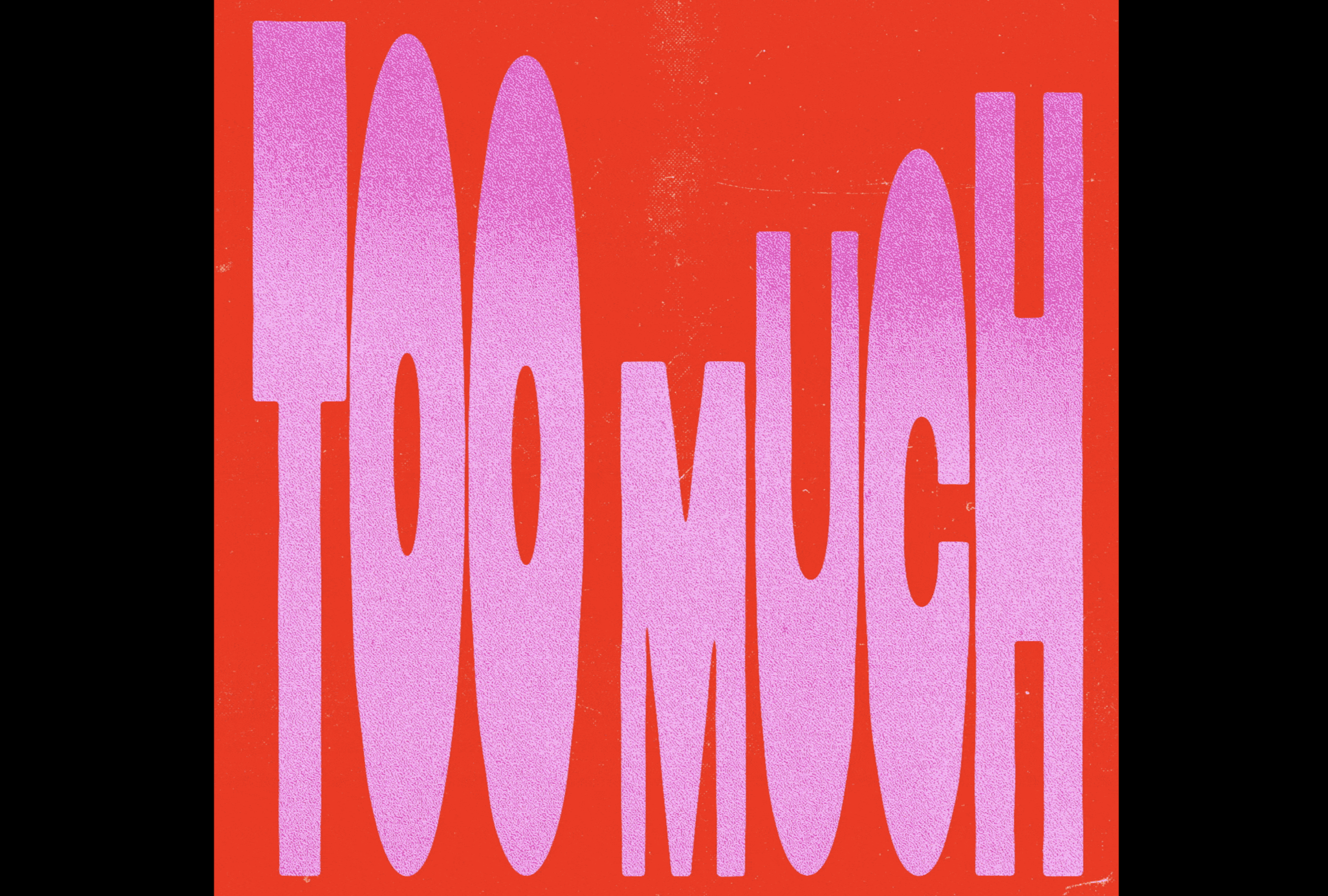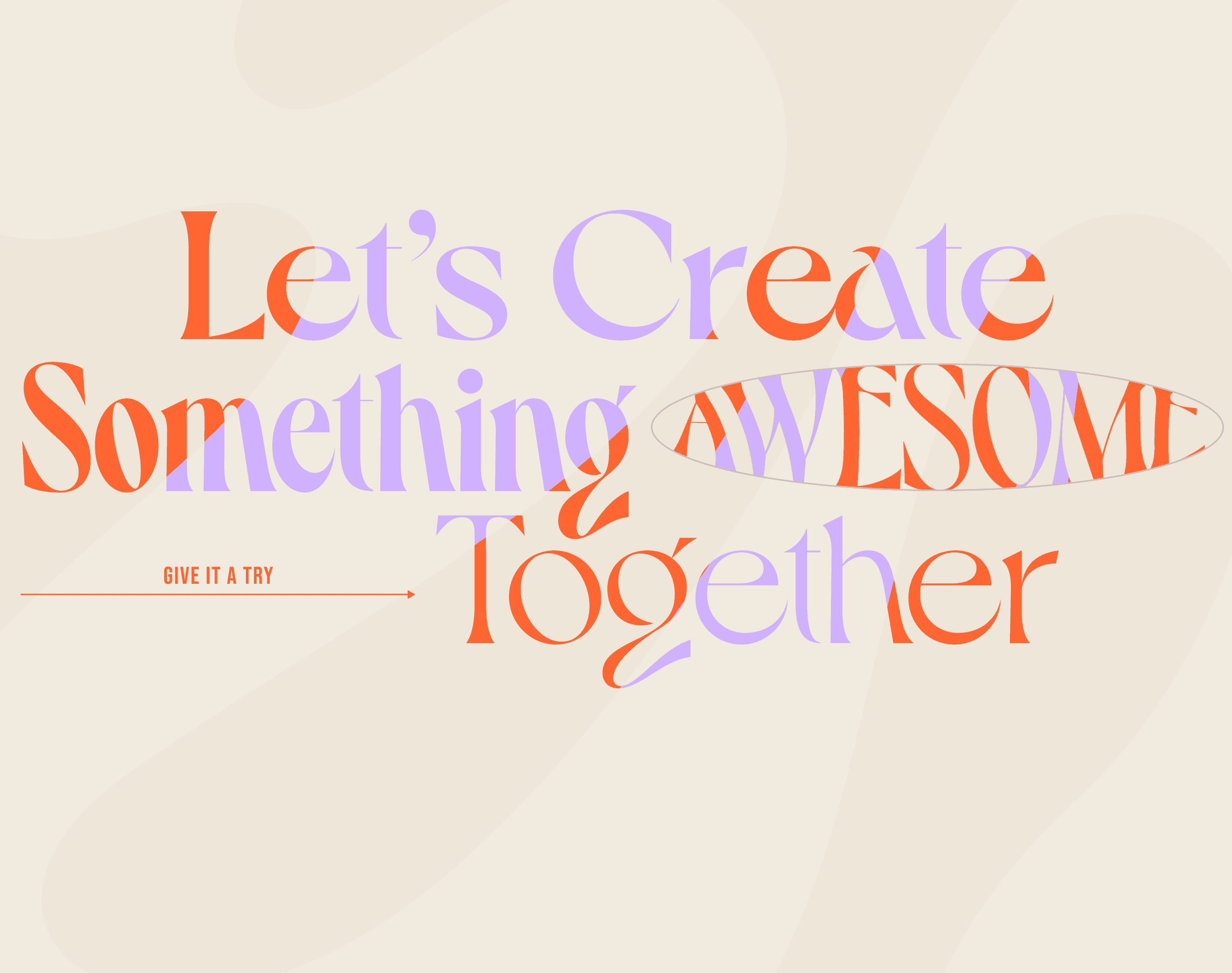Articles > graphic design > graphic design in 2025: top trends shaping the future
Graphic Design in 2025: Top Trends Shaping the Future
Written by: Ruxandra Nastase
Date added: Jul 15, 2024
Hey there, fellow design enthusiasts! As we’re getting close to 2025, the world of graphic design is buzzing with excitement. With tech advancements and changing consumer tastes, designers are constantly on the hunt for fresh, innovative ways to create visuals that captivate and inspire. At Lunatique, we're all about staying ahead of the curve. So, let's dive into the top graphic design trends for 2025, why they're hot, and some real-world examples to show you what's what.
1. AI-Driven Design
AI-driven design tools are revolutionizing the way designers work, making the process more efficient and allowing for personalized, innovative solutions.
Key Drivers
Efficiency: AI tools streamline design processes, enabling faster and more efficient creation of complex visuals.
Customization: AI can generate personalized content tailored to individual user preferences, enhancing engagement.
Innovation: AI fosters new creative possibilities, allowing designers to explore uncharted territories in aesthetics and functionality
Spotify: Spotify utilizes AI to personalize its Wrapped experience for users. The 2023 Wrapped campaign employed AI to analyze user data and create personalized, engaging stories, making the experience more immersive and tailored to individual preferences.
Canva: Canva leverages AI to assist users in creating professional-quality designs. Their AI-powered design suggestions and layout options simplify the process for non-designers.
2. Liquid Retro Display Typography
Combining retro vibes with modern fluid forms, liquid retro display typography is all about making a bold, dynamic statement. It's a nostalgic nod to the past with a twist of the future.
Key Drivers
Nostalgic Appeal: The resurgence of retro aesthetics taps into the emotional connection people have with past eras, creating a sense of familiarity and comfort. This blend of nostalgia and modern design caters to both older generations and younger audiences who appreciate vintage styles. Example: Brands like Coca-Cola often use retro elements to evoke a sense of heritage and timelessness
Dynamic Visuals: The fluid, adaptable nature of liquid typography brings text to life, adding motion and interest. This dynamic quality helps brands stand out in a crowded visual landscape, making their messages more memorable. Example: Nike’s campaigns frequently incorporate fluid, bold typography to create eye-catching advertisements
Technological Advancements: Advances in design software and tools, such as Adobe After Effects and Procreate, make it easier for designers to create intricate and fluid typography. These tools allow for greater experimentation and creativity, pushing the boundaries of traditional typography. Example: Adobe Creative Cloud offers extensive resources and tutorials for creating liquid typography effects .
Bold Statements: Liquid retro typography is inherently bold and expressive, making it perfect for brands looking to make a strong visual statement. It captures attention quickly and communicates a sense of innovation and creativity. Example: Spotify’s Wrapped campaigns often use bold, vibrant typography to engage users and create a dynamic visual experience .
Versatility Across Media: This typography style works well across various media, from digital screens to print materials. Its adaptability ensures that it remains effective in diverse contexts, enhancing its appeal to a wide range of designers and brands. Example: Digital campaigns by fashion brands like Gucci use versatile typography to maintain a consistent brand identity across different platforms
3. Quirky Illustrations
Quirky illustrations bring a playful and unique touch to designs, making them more memorable and engaging. They help brands humanize their visuals and connect emotionally with audiences.
Key Drivers
Distinctive Branding: Quirky illustrations help brands stand out by adding a unique and recognizable visual style. This individuality is crucial in a crowded market where differentiation is key.
Emotional Connection: Playful and whimsical illustrations evoke positive emotions, making content more relatable and enjoyable for audiences. This emotional engagement can lead to stronger brand loyalty.
Versatility: Quirky illustrations can be adapted to various contexts, from social media and advertising to packaging and web design. Their flexibility makes them a valuable asset for maintaining a cohesive brand identity across different platforms.
Human Touch: In an increasingly digital world, hand-drawn and quirky illustrations bring a human element to design, making interactions feel more personal and authentic.
Trend Toward Playfulness: There is a growing trend towards incorporating fun and playfulness in design, reflecting a shift in consumer preferences towards more lighthearted and engaging content.
4. Bold and Vibrant Color Schemes
Bold and vibrant color schemes are all about making a splash. They capture attention, evoke emotions, and create memorable visual experiences, perfect for brands wanting to make a strong impression.
Key Drivers
Visual Impact: Bright and bold colors capture attention and create memorable visual experiences.
Brand Differentiation: Helps brands stand out in a crowded market with distinctive color palettes.
Emotional Engagement: Evokes strong emotional responses, enhancing user engagement.
Trend Cycles: Colors often cycle back into fashion, making bold colors relevant again.
Cultural Significance: Certain vibrant colors can connect to cultural and social trends, adding depth to branding.
5. Textured 3D Design
Textured 3D design is making waves because it adds depth and realism that flat designs just can't match. With the rise of AR and VR, these detailed textures are becoming essential for creating immersive visual experiences.
Key Drivers
Enhanced Realism: Textured 3D designs offer a tangible feel that flat designs lack, making visuals more captivating and interactive.
Technological Advancements: Tools like Blender, Cinema 4D, and Adobe Dimension are making it easier for designers to implement complex textures and detailed 3D elements.
AR and VR Growth: The rise of augmented and virtual reality is pushing the demand for textured 3D environments, enhancing the immersive quality of digital experiences.
Consumer Expectations: Influenced by high-quality visuals in media, consumers now expect similar levels of detail in digital content.
Versatility: Textured 3D design is applicable across various media, from web interfaces to advertising and product design.
6. Sustainability & Eco-Friendly Design
With growing environmental awareness, sustainability and eco-friendly design are becoming crucial. Designers are focusing on creating visuals that resonate with eco-conscious audiences.
Key Drivers
Consumer Demand: Increasing awareness and demand for eco-friendly products drive the need for sustainable design practices.
Regulations: Stricter environmental regulations require brands to adopt sustainable practices, including in design.
Brand Image: Embracing sustainability can enhance brand image and appeal to eco-conscious consumers.
Resource Efficiency: Sustainable design practices often lead to more efficient use of resources, reducing waste and costs.
Longevity: Eco-friendly designs tend to focus on durability and long-term use, aligning with sustainable values.
7. AR (Augmented Reality) and VR (Virtual Reality)
AR and VR are creating new opportunities for immersive, interactive design experiences. These technologies allow brands to engage audiences in innovative and exciting ways.
Key Drivers
Immersive Experiences: AR and VR provide immersive, interactive experiences that engage users more deeply than traditional media.
Technological Advancements: Continued innovation in AR and VR technology makes these tools more accessible and versatile for designers.
Market Growth: Expanding AR and VR market presents new opportunities for brands to differentiate themselves and captivate audiences.
Enhanced Storytelling: AR and VR enable more compelling and interactive storytelling, enhancing brand narratives.
User Engagement: Interactive and immersive experiences provided by AR and VR lead to higher levels of user engagement and satisfaction.
8. Inclusivity and Accessibility
Inclusivity and accessibility are crucial for creating digital experiences that are available to everyone. Brands are prioritizing these aspects to reflect societal shifts towards greater equity.
Key Drivers
Broadening Reach: Inclusive and accessible designs ensure digital experiences are available to a wider audience, including those with disabilities.
Regulatory Compliance: Increasing legal requirements for accessibility encourage brands to adopt inclusive design practices.
Social Responsibility: Emphasizing inclusivity and accessibility reflects positively on brand values, aligning with societal shifts towards greater equity.
User Experience: Inclusive designs enhance the overall user experience, making digital interactions more intuitive and user-friendly.
Market Expansion: Inclusive and accessible designs can open up new market segments, driving growth and engagement.
9. Data Visualization
Data visualization is key for making complex information clear and engaging. As data becomes more integral to decision-making, the demand for effective visualizations grows.
Key Drivers
Information Clarity: Effective data visualization makes complex information more understandable and accessible.
Decision Making: Clear visual representation of data aids in better decision-making for businesses and users.
Interactive Elements: Interactive data visualizations enhance user engagement and provide dynamic insights.
Storytelling: Data visualization helps tell compelling stories with data, making it more impactful and memorable.
Educational Value: Well-designed visualizations can educate and inform audiences, increasing knowledge and awareness.
10. Motion Graphics and Animation
Motion graphics and animation bring static designs to life, adding a dynamic element that captures attention and enhances storytelling. With video content on the rise, this trend is set to continue its upward trajectory.
Key Drivers
Visual Engagement: Captivates audiences with movement.
Enhanced Storytelling: Adds depth to narratives.
Technological Advancements: Easier to create high-quality animations.
Versatility: Works across different platforms and media.
Increased Consumption of Video Content: Meets the growing demand for engaging video.
So, there you have it – the top graphic design trends to watch in 2025. At Lunatique, we’re super excited to see how these trends unfold and inspire our work. Whether you’re a designer or just a fan of great visuals, these trends are sure to make 2025!

